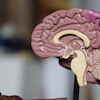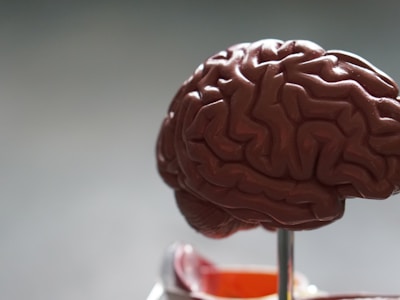Take Our Free RSD Assessment
Evaluate your RSD symptoms with our comprehensive questionnaire
When panic steals your breath, these techniques bring you back to life. 4-7-8 breathing, box breathing, and guided exercises to calm your nervous system instantly.
When emotions feel too big for your body, ground yourself in this moment. 5-4-3-2-1 sensory technique, physical reset methods, and present moment anchoring.
When your mind tells lies about your worth, speak these truths instead: "This feeling will pass", "I am not my emotions", "I am enough as I am".
Does criticism hit you like a punch to the chest? You're not broken. Take our anonymous 2‑minute RSD assessment — find out if it explains why things feel unbearable.



Finally, Someone Gets It
You have been told you are "too sensitive" your entire life. That rejection feels like physical pain because you are "dramatic." We are here to tell you: You are not broken. 90% of people with ADHD experience Rejection Sensitive Dysphoria, yet most have never heard of it.

Every technique and approach is rooted in scientific research about RSD and ADHD. No generic advice – only targeted solutions that work.

Connect with others who truly understand your experience. No judgment, no "just get over it" – only validation and practical support.
Share Your Story
RSD Science & Facts
Evidence-based information about Rejection Sensitive Dysphoria from leading ADHD researchers and clinical studies. Understanding the science behind your experience.

Yes, RSD is scientifically documented. Dr. William Dodson, a leading ADHD researcher, found that 99% of teens and adults with ADHD experience RSD. Brain imaging studies show that people with ADHD have heightened emotional sensitivity in the limbic system, making rejection feel like physical pain. This is not "being dramatic" – it is measurable neurological difference.
Research indicates that 90-99% of people with ADHD experience RSD. Since ADHD affects 5-10% of the global population, millions of people worldwide live with RSD. However, only 12% of mental health professionals are familiar with RSD, leaving most people undiagnosed and struggling without proper support or understanding.
Neuroimaging studies reveal that social rejection activates the same brain regions as physical pain – the anterior cingulate cortex and right ventral prefrontal cortex. In people with ADHD, these areas show hyperactivity, making emotional pain 50-100 times more intense than neurotypical individuals experience. This is why rejection truly "hurts" – your brain processes it as actual injury.
Clinical studies show that alpha-2 agonists (guanfacine, clonidine) can reduce RSD symptoms by 60-80%. However, immediate coping strategies are equally important: 4-7-8 breathing technique, grounding exercises, and cognitive reframing have shown significant effectiveness. Research emphasizes that understanding RSD as a neurological condition, not a character flaw, is crucial for recovery.
Research shows significant variations: Women with ADHD report RSD symptoms 40% more frequently than men, likely due to socialization differences and masking behaviors. RSD typically emerges in adolescence when social dynamics become complex, peaking in severity during teens and early twenties. However, many adults remain undiagnosed until their 30s-40s when seeking help for their children with similar symptoms.
News & Blogs